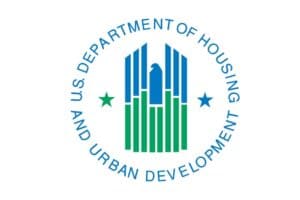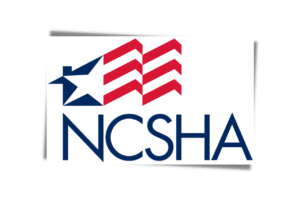News

Representatives Circulate NMTC Dear Colleague Letter
Representative Steve Stivers (R-OH) and Representative Jose Serrano (D-NY) are circulating a “Dear Colleague Letter” request support for a permanent NMTC extension before the end of 2018. The letter is addressed to Ways and Means Chair Kevin Brady (R-TX) and is intended for members who are not on the Ways and Means Committee. The deadline to sign […]

HUD Re-Examining REAC Inspections; Publishes New Notice on Physical Conditions Standards
As part of HUD’s continuing effort to support “decent, safe and sanitary housing,” Secretary Carson is leading a wholesale re-examination of how the Department conducts inspections to ensure private owners are meeting this standard. As HUD continues its internal review of these inspection protocols, the Department is exploring immediate improvements and those refinements over the […]

Harvard JCHS Publishes New Analysis of Rental Markets; Low Income Renters Competing for Shrinking Supply
In a new blog post Daniel McCue, a Senior Research Associate at the Harvard Joint Center for Housing Studies reports on new analysis of rental markets which compares changes in the rental supply at various rent levels with changes in the number of renter households at various income levels. McCue finds that that a growing number of low-income […]

Freddie Mac Publishes White Papers on Rural Affordable Housing in Appalachia & Indian Country
Freddie Mac has published two new white papers titled, “Spotlight on Underserved Markets: LIHTC in Rural Middle Appalachia” and “Spotlight on Underserved Markets: LIHTC in Indian Areas.” In the first paper, Freddie Mac explores Middle Appalachia’s multifamily housing market with a special focus on the primary means of developing affordable housing in undeserved markets: the […]

Rutgers / NPS Releases Latest Editions of Historic Tax Credit Report
In Fiscal Year (FY) 2017, 1,035 completed historic rehabilitation projects were certified by the NPS, representing $5.82 billion in estimated rehabilitation costs that qualify for the 20% Federal tax credit, according to the Annual Report on the Economic Impact of the Federal Historic Tax Credit in 2017. The report was published through cooperative agreement with […]

Enterprise & Frameworks Institute Release Reports On Building Public Support for Affordable Housing
Enterprise, in partnership with the FrameWorks Institute, has released a pair of reports that outline an effective language strategy to build public support for affordable housing. “Finding a Frame for Affordable Housing” is an evidence-based approach to countering NIMBYism and public misperception in debates about affordable housing. The companion paper,“Piecing it Together,” takes these findings and translates them […]

IRS Issues Opportunity Zone Proposed Regulations
On Friday, October 19 the Internal Revenue Service (IRS) issued several critical documents relating to the Opportunity Zone Incentive. This includes:

NCSHA Announces New Board of Directors
The National Council of State Housing Agencies (NCSHA) held its 2018 Board election on October 14 in Austin during the association’s 48th Annual Conference & Showplace. Voted on by the member state housing finance agencies (HFAs), NCSHA’s newly-elected Board officers are: President: Tia Boatman Patterson | California Housing Finance Agency Vice President: Scott Spivey | […]

NLIHC Publishes Report on Year 30 LIHTC Properties
The National Low Income Housing Coalition and the Public and Affordable Housing Research Corporation have published the new report “Balancing Priorities: Preservation and Neighborhood Opportunity in the Low-Income Housing Tax Credit Program Beyond Year 30.” The report looks at preservation challenges relating to LIHTC properties as they reach the end of their initial use restrictions. […]

Senator Heller Introduces Senior Affordable Housing Tax Credit Act
On October 12, U.S. Senator Dean Heller (R-NV) introduced the Seniors Affordable Housing Tax Credit Act (S. 3580), legislation he authored to incentivize housing owners and developers to rent to low-income seniors. Heller’s proposed legislation would create a tax credit program that allocates credits to states, which, in turn, would be awarded to owners and developers […]

NYU Furman Center and Abt Associates Launch New Housing Policy Tool
The NYU Furman Center and Abt Associates launched LocalHousingSolutions.org, an online, interactive tool to help communities develop local strategies that promote housing affordability. A growing number of communities across the country are struggling with problems tied to high housing costs, including rising homelessness, fear of displacement among longtime residents, and growing numbers of households unable […]

Enterprise Publishes New White Paper on Gentrification
Enterprise has published a new whitepaper entitled Gentrification: Framing Our Perceptions, which summarizes several approaches used in recent studies of gentrification and details the complications these create for identifying where it occurs. It describes how different definitions can lead to different findings about the consequences of gentrification, and how these inconsistencies affect policy making.